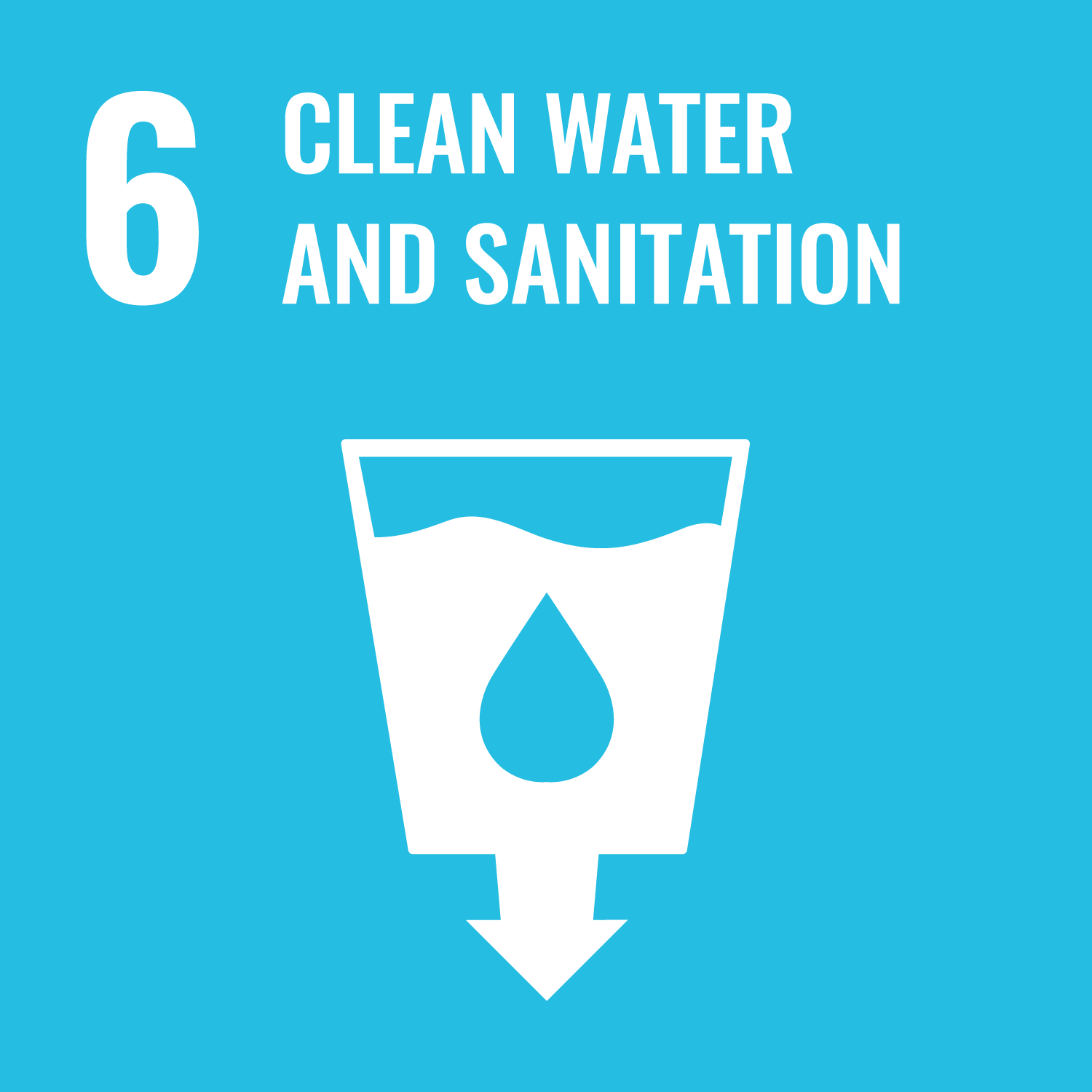Zheng, B., Zhou, B., Hu, J. et al. (7 more authors) (2024) Bioinspired Microgel-Loaded Smart Membrane Filtration with the Thermo- and Ion-Dual Responsive Water Gate for Selective Lead(II) Separation. ACS Applied Materials & Interfaces, 16 (34). pp. 45497-45510. ISSN: 1944-8244
Abstract
Lead (Pb²⁺) is a ubiquitous pollutant. Membrane filtration represents one of the most common water treatment methods, but nanofiltration and ultrafiltration require high transmembrane pressure, while microfiltration has larger pore sizes than ions, making them unfavorable for direct ion removal at low cost. Selective and direct separation of Pb²⁺ via membrane filtration at high efficiency without sacrificing the flux of clean water still remains challenging. Herein, inspired by the Pb²⁺-tolerable oleander that enriches and prevents Pb²⁺ in roots from permeating the plant body, a smart Pb²⁺-adsorptive filtration membrane with a temperature- and ion-tunable water gate was prepared by loading dual-responsive poly(N-isopropylacrylamido-co-acrylamido-benzo-18-crown-6) (PNB-5-20) microgels onto a commercial membrane. The PNB-5-20 microgel exhibits pronounced temperature-responsive swelling/deswelling (hydrodynamic diameter, 650-330 nm) with a volume phase transition temperature (VPTT) at ∼33 °C. Moreover, the microgel shows a high Pb²⁺-adsorption capacity (qmax, 85.4 mg/g) and good selectivity (distribution coefficient Kd ∼ 1000 mL/g) thanks to its complexation with the crown ether, as well as good Pb²⁺ responsiveness, having the VPTT positively shifted to 40 °C in the presence of Pb²⁺ with enhanced swelling behaviors. Functionalized with PNB-5-20, the smart membrane integrates Pb²⁺ detection, adsorption, and tunable water drainage in a single device. The membrane selectively recognizes Pb²⁺ in the polluted water with the gates in membrane pores switching from “open” to “closed”, intercepting and adsorbing Pb²⁺ with water permeation reduced. Once purified, the gates can be “re-opened” by increasing the temperature. Construction of such an intelligent membrane filtration device with a tunable water gate and excellent Pb²⁺ recognition and adsorption performance will greatly simplify the remediation of Pb²⁺-polluted water.
Metadata
| Item Type: | Article |
|---|---|
| Authors/Creators: |
|
| Copyright, Publisher and Additional Information: | This document is the Accepted Manuscript version of a Published Work that appeared in final form in ACS Applied Materials & Interfaces, copyright © American Chemical Society, after peer review and technical editing by the publisher. To access the final edited and published work see https://doi.org/10.1021/acsami.4c08830. |
| Keywords: | lead(II), microgel, membranes, adsorption, crown ether, N-isopropylacrylamide |
| Dates: |
|
| Institution: | The University of Leeds |
| Academic Units: | The University of Leeds > Faculty of Engineering & Physical Sciences (Leeds) > School of Chemical & Process Engineering (Leeds) |
| Depositing User: | Symplectic Publications |
| Date Deposited: | 20 Jan 2025 15:08 |
| Last Modified: | 17 Aug 2025 00:30 |
| Status: | Published |
| Publisher: | American Chemical Society (ACS) |
| Identification Number: | 10.1021/acsami.4c08830 |
| Related URLs: | |
| Sustainable Development Goals: | |
| Open Archives Initiative ID (OAI ID): | oai:eprints.whiterose.ac.uk:221951 |


 CORE (COnnecting REpositories)
CORE (COnnecting REpositories) CORE (COnnecting REpositories)
CORE (COnnecting REpositories)